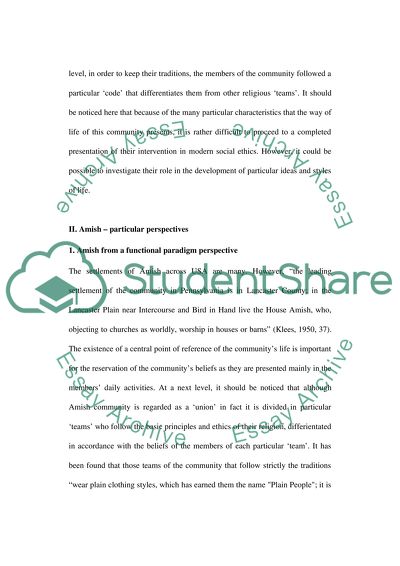Cite this document
(“Old Order Amish (in the United States) Essay Example | Topics and Well Written Essays - 2500 words”, n.d.)
Old Order Amish (in the United States) Essay Example | Topics and Well Written Essays - 2500 words. Retrieved from https://studentshare.org/miscellaneous/1540298-old-order-amish-in-the-united-states
Old Order Amish (in the United States) Essay Example | Topics and Well Written Essays - 2500 words. Retrieved from https://studentshare.org/miscellaneous/1540298-old-order-amish-in-the-united-states
(Old Order Amish (in the United States) Essay Example | Topics and Well Written Essays - 2500 Words)
Old Order Amish (in the United States) Essay Example | Topics and Well Written Essays - 2500 Words. https://studentshare.org/miscellaneous/1540298-old-order-amish-in-the-united-states.
Old Order Amish (in the United States) Essay Example | Topics and Well Written Essays - 2500 Words. https://studentshare.org/miscellaneous/1540298-old-order-amish-in-the-united-states.
“Old Order Amish (in the United States) Essay Example | Topics and Well Written Essays - 2500 Words”, n.d. https://studentshare.org/miscellaneous/1540298-old-order-amish-in-the-united-states.


